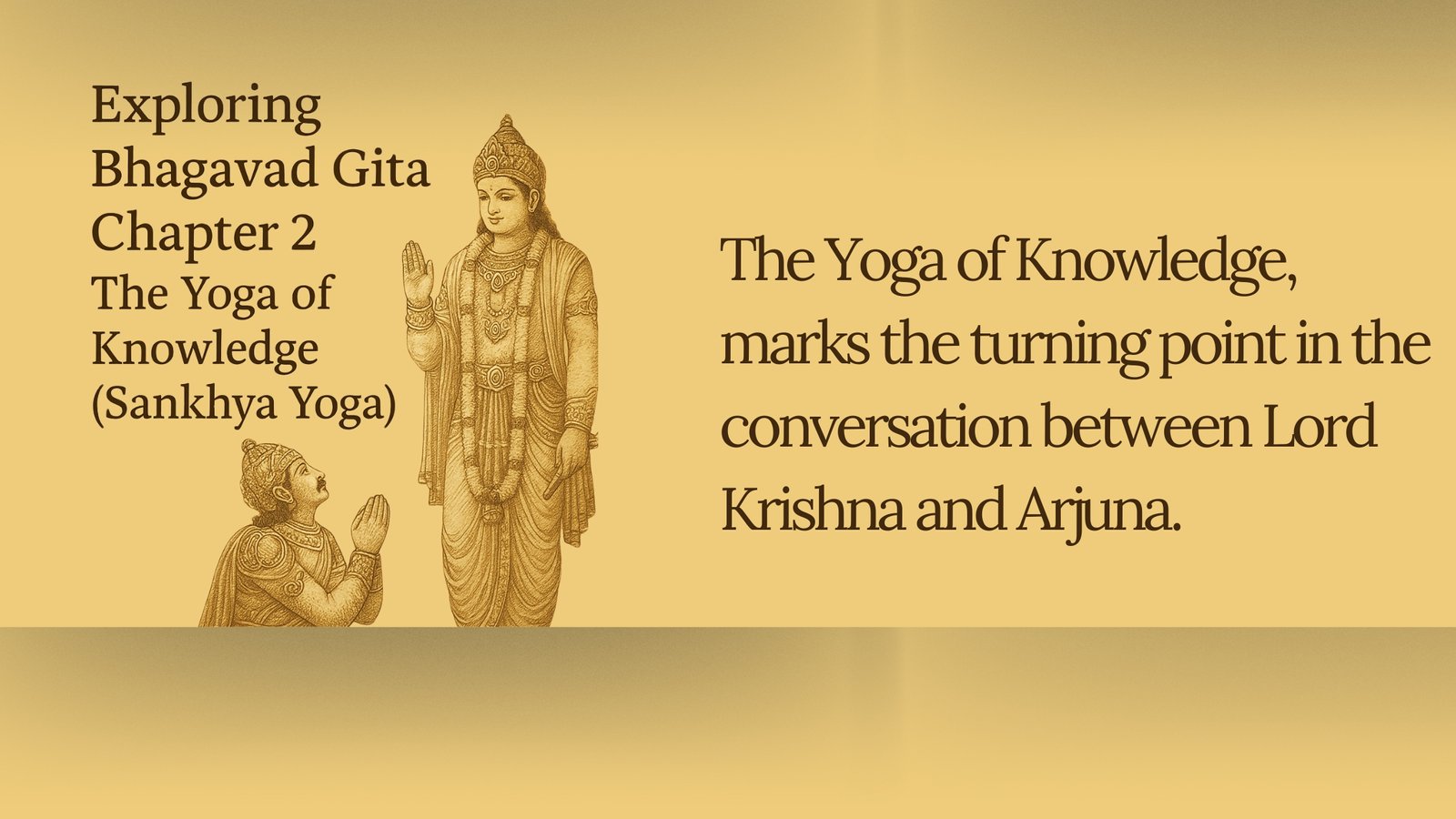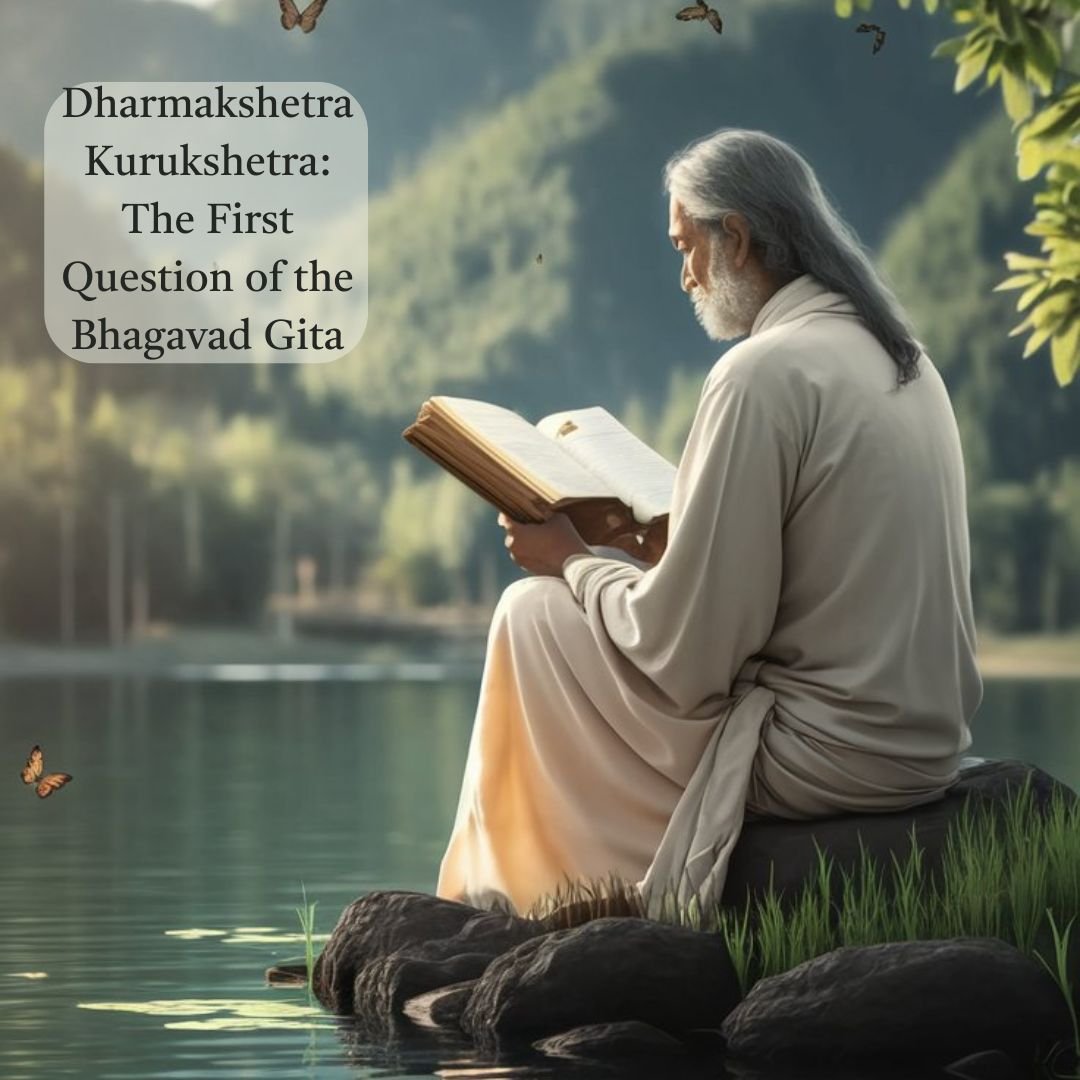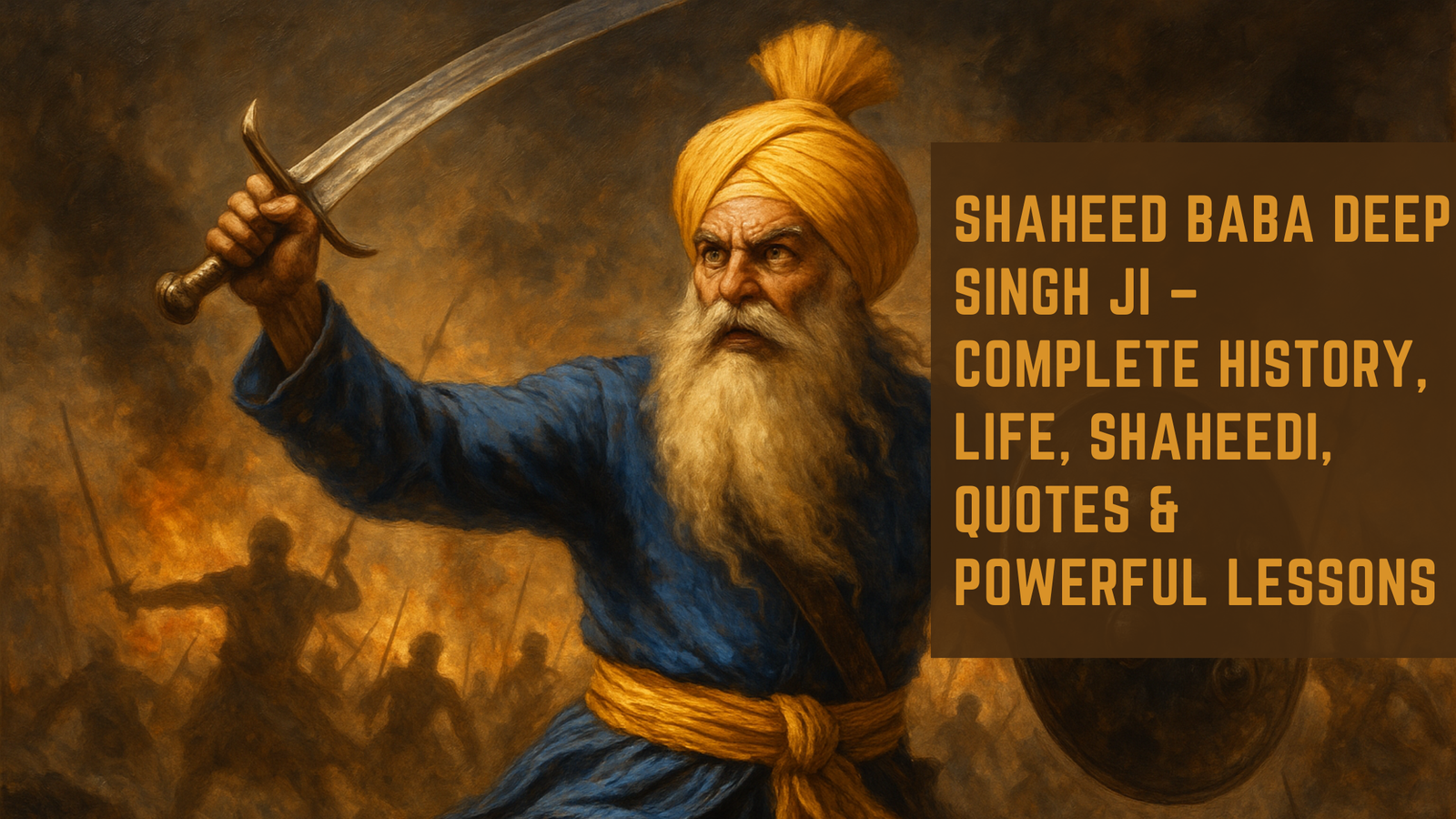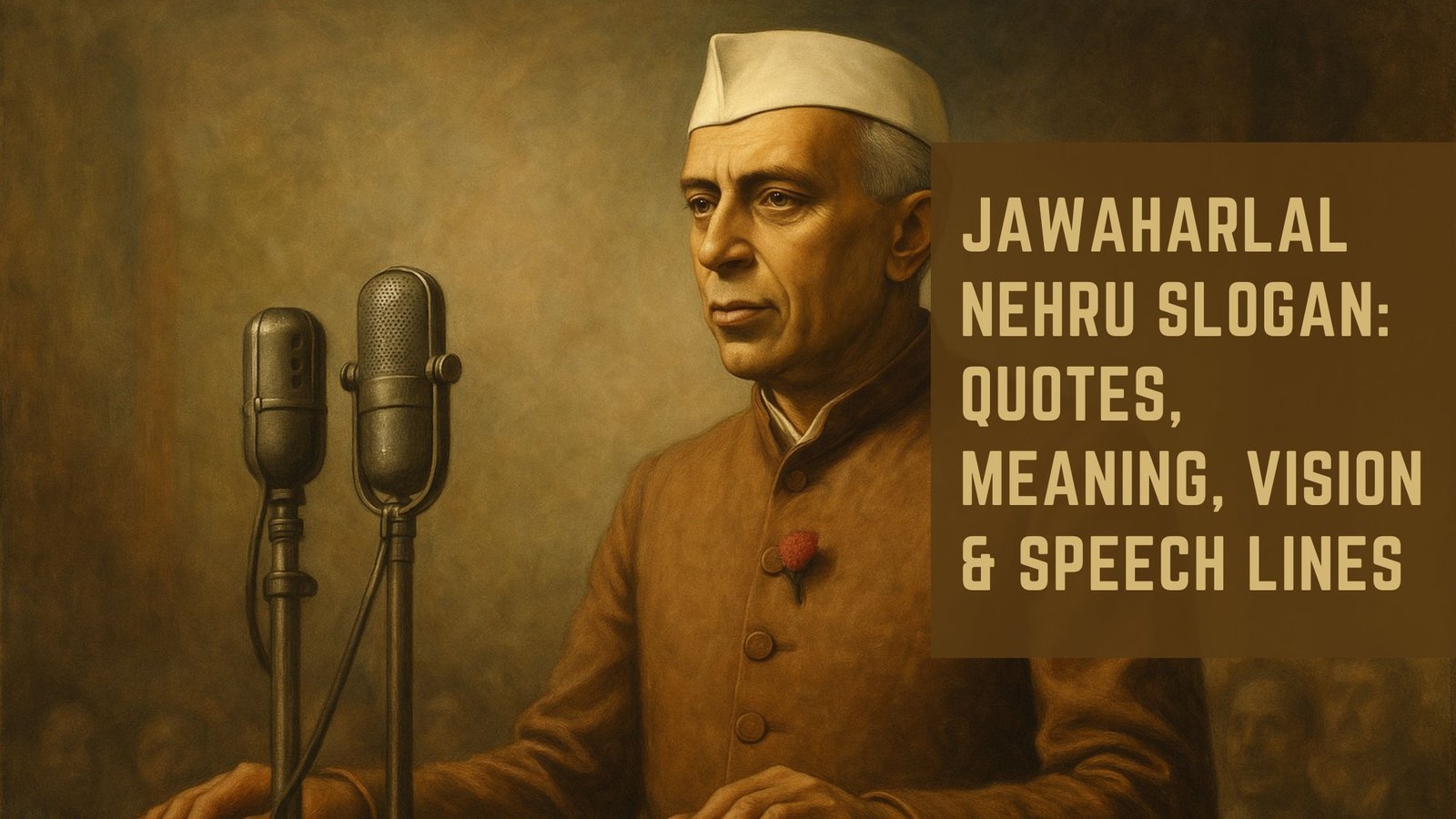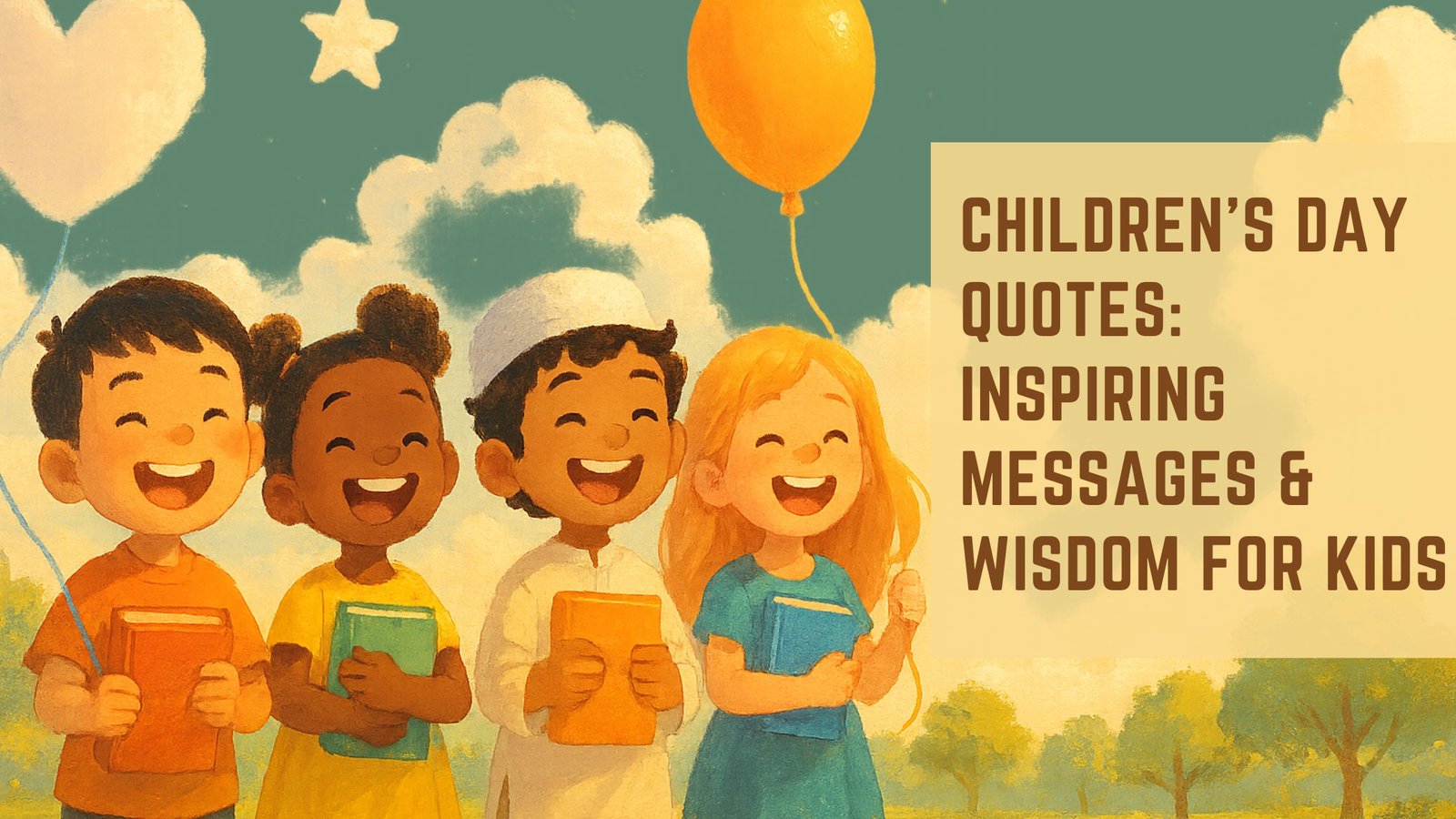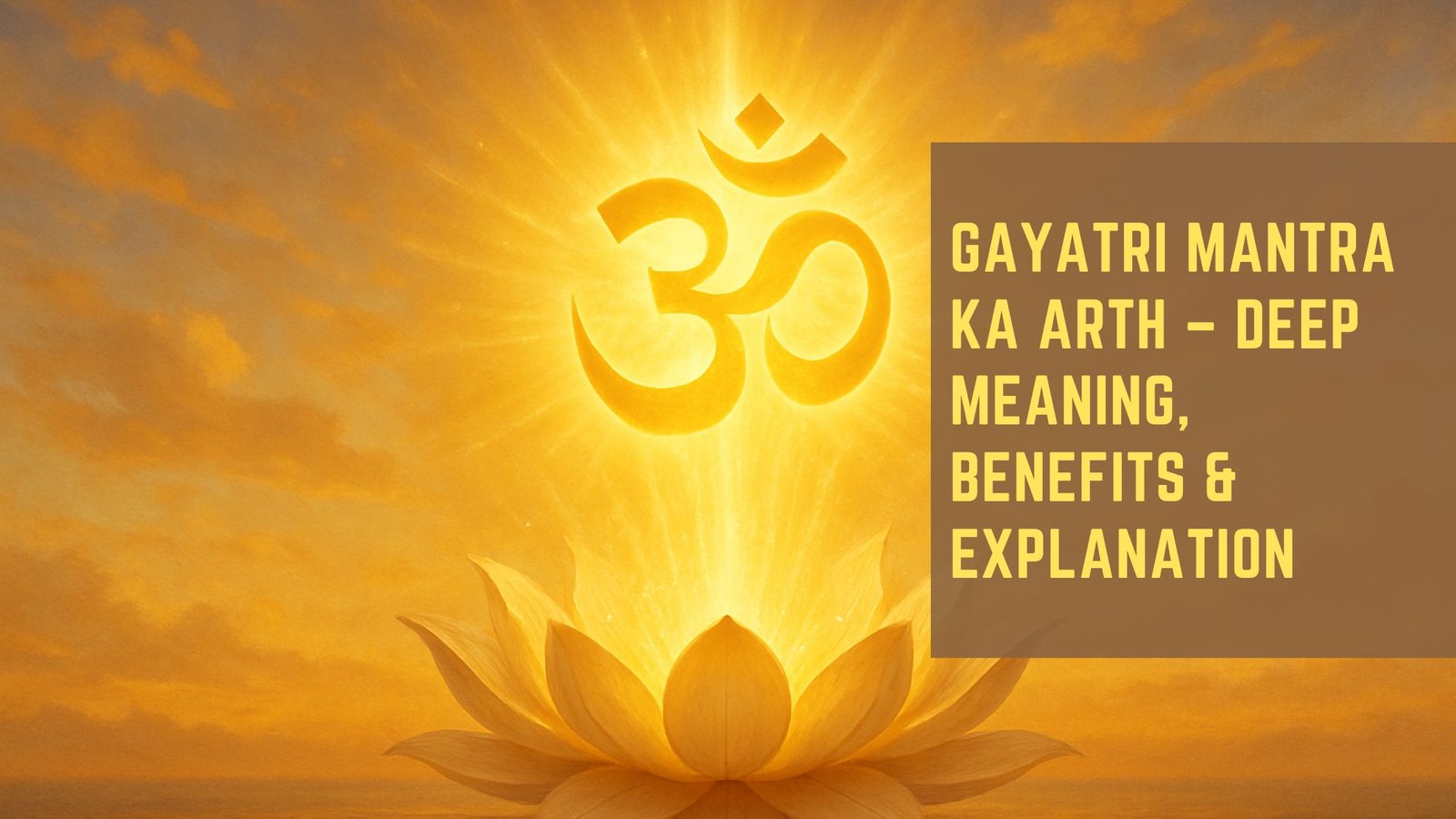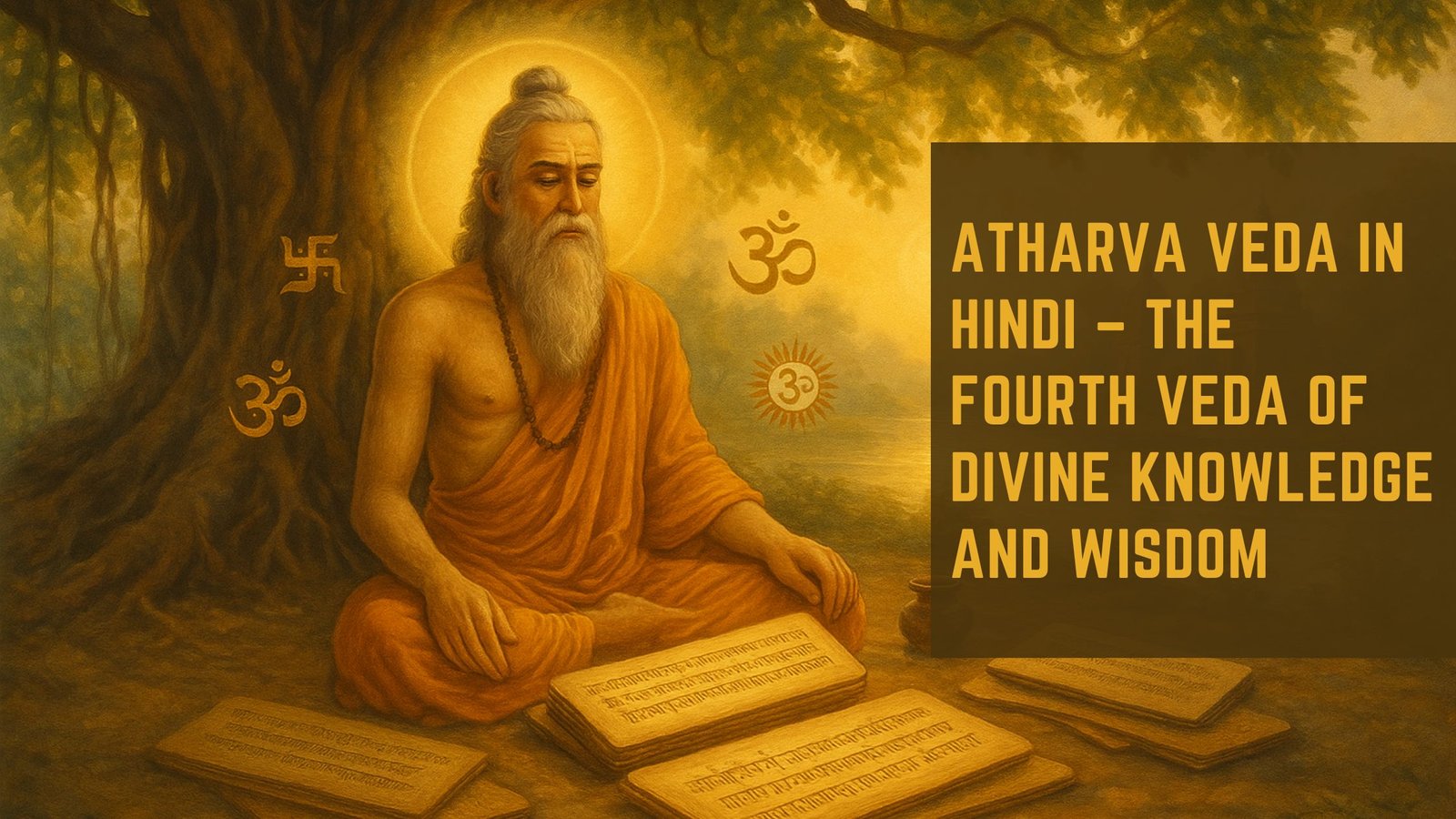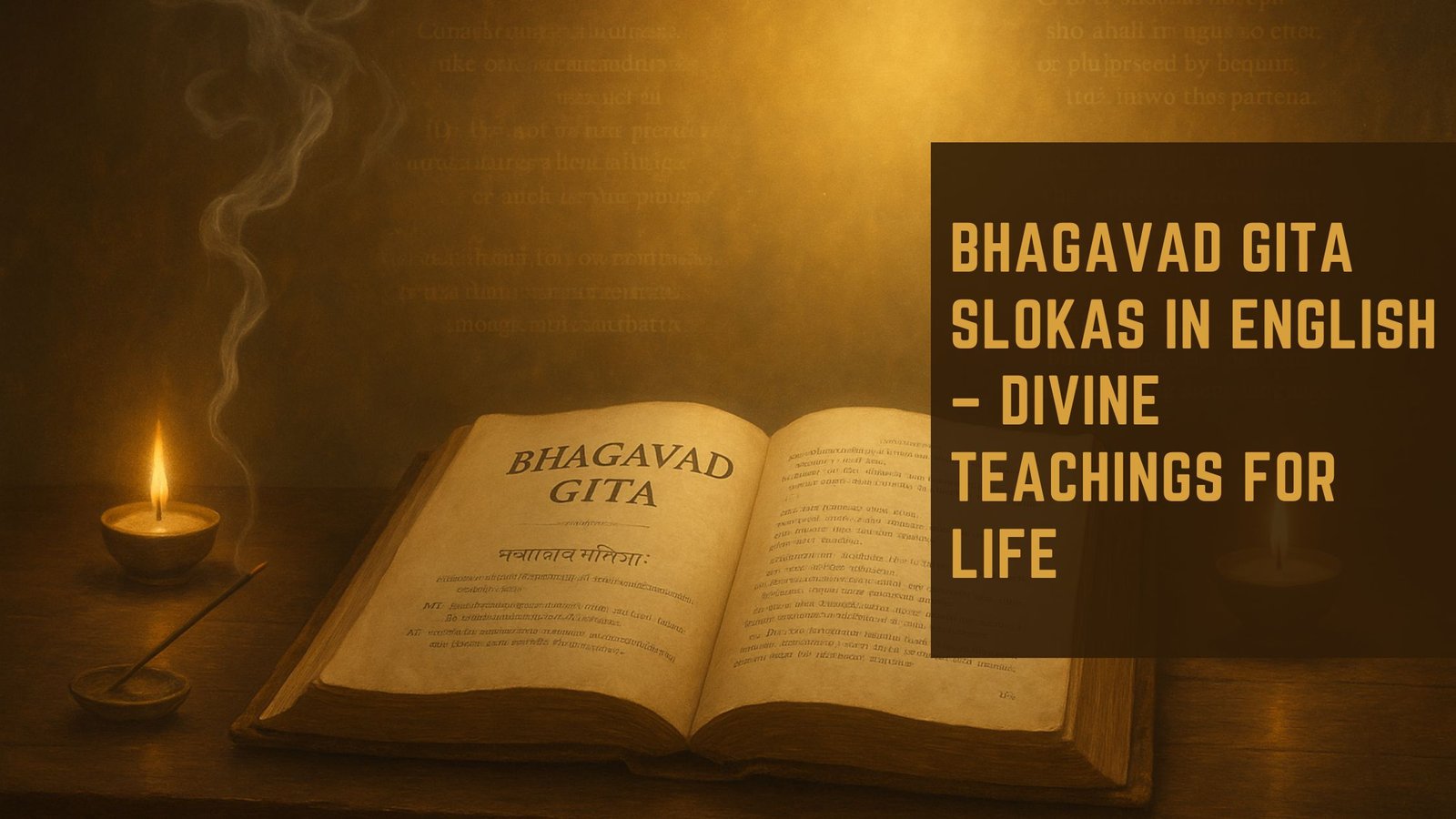The Bhagavad Gita, often referred to simply as the Gita, is a 700-verse Hindu scripture that is part of the Indian epic Mahabharata. It is a philosophical dialogue between Prince Arjuna and Lord Krishna, who serves as his charioteer. This sacred text addresses the moral and philosophical dilemmas faced by Arjuna as he prepares to go into battle against his own relatives, teachers, and friends.
The Gita is revered not only for its spiritual insights but also for its profound exploration of duty, righteousness, and the nature of reality. It has transcended cultural and temporal boundaries, influencing countless individuals and movements throughout history. The Gita’s teachings encompass a wide range of topics, including yoga, devotion, and the nature of the self.
It presents a synthesis of various paths to spiritual realization, including the paths of knowledge (jnana), action (karma), and devotion (bhakti). The text encourages individuals to seek their own truth while remaining anchored in their responsibilities. As such, it serves as a guide for navigating the complexities of life, making it relevant to people from all walks of life, regardless of their religious or philosophical beliefs.
Key Takeaways
- The Bhagavad Gita is a sacred Hindu scripture that is part of the Indian epic Mahabharata, and it is a conversation between Prince Arjuna and the god Krishna.
- Chapter 1 Verse 14 describes the blowing of the conch shells by various warriors on the battlefield, signaling the beginning of the Kurukshetra war.
- The context of Verse 14 is the pivotal moment when the two opposing armies are about to engage in battle, and Arjuna is filled with doubt and moral dilemma.
- The meaning of Verse 14 signifies the intensification of the impending war and the emotional turmoil experienced by Arjuna as he faces the reality of fighting his own relatives and loved ones.
- The symbolism in Verse 14 represents the clash of righteousness and duty, and the inner conflict within Arjuna’s mind as he grapples with the decision to fight or not to fight.
- The importance of Verse 14 lies in its portrayal of the internal struggle and moral crisis faced by Arjuna, which sets the stage for the teachings of Krishna on duty and righteousness.
- The relevance of Verse 14 in today’s world is reflected in the ethical dilemmas and conflicts that individuals face, and the need to find inner strength and guidance in times of adversity.
- In conclusion, Verse 14 serves as a powerful reminder of the universal themes of moral responsibility, inner turmoil, and the search for spiritual guidance in the face of difficult decisions.
Overview of Chapter 1 Verse 14
In Chapter 1, Verse 14 of the Bhagavad Gita, Arjuna expresses his deep emotional turmoil as he stands on the battlefield of Kurukshetra. This verse captures a pivotal moment in the narrative, where Arjuna is confronted with the reality of war and the implications of his actions. The verse reads: “Then, from both sides, the warriors blew their conch shells, and the sound echoed throughout the heavens.” This moment signifies not only the commencement of battle but also the internal conflict that Arjuna faces as he grapples with his duty as a warrior against his moral qualms about fighting against his kin.
The significance of this verse lies in its ability to encapsulate the tension between duty and morality. The sound of the conch shells serves as a clarion call to arms, yet it also heralds the onset of a conflict that will lead to immense suffering. Arjuna’s hesitation and emotional struggle are palpable in this moment, setting the stage for the philosophical discourse that follows.
This verse serves as a microcosm of the larger themes explored in the Gita, making it a crucial point of reference for understanding Arjuna’s journey.
The Context of the Verse

To fully appreciate Chapter 1, Verse 14, it is essential to consider the broader context in which it appears. The Bhagavad Gita unfolds during a critical juncture in the Mahabharata, where two factions of a royal family are poised for battle over a disputed kingdom. Arjuna, a skilled archer and warrior, finds himself torn between his duty as a Kshatriya (warrior class) and his love for his family members who stand on the opposing side.
This internal conflict is exacerbated by the weight of expectations placed upon him by society and his own moral compass. As Arjuna surveys the battlefield, he is overwhelmed by the realization that he will be fighting against beloved relatives, revered teachers, and close friends. The conch shells blown by both sides symbolize not only the call to battle but also the collective consciousness of those involved in this conflict.
This moment serves as a catalyst for Arjuna’s existential crisis, prompting him to question not only his role in the battle but also the very nature of righteousness and duty.
The Meaning of Verse 14
| Verse Number | Meaning |
|---|---|
| 14 | The verse discusses the concept of patience and perseverance in the face of adversity, emphasizing the importance of maintaining faith and trust in God’s plan. |
The meaning of Chapter 1, Verse 14 extends beyond its literal interpretation; it delves into the psychological and emotional landscape of Arjuna’s character. The verse signifies a moment of awakening for Arjuna as he confronts the harsh realities of war. The sound of the conch shells can be seen as a metaphor for the awakening of consciousness—a reminder that actions have consequences that ripple through time and space.
Moreover, this verse highlights the duality inherent in human existence—the struggle between duty and compassion. Arjuna’s reluctance to engage in battle reflects a profound understanding of the sanctity of life and relationships. His internal conflict serves as an invitation for readers to reflect on their own moral dilemmas and the choices they face in their lives.
In this way, Verse 14 becomes a universal symbol of the human condition, resonating with anyone who has grappled with difficult decisions.
The Symbolism in Verse 14
The symbolism embedded in Chapter 1, Verse 14 is rich and multifaceted. The conch shells themselves are significant; they are traditional instruments used in Hindu rituals to signify auspicious beginnings and to call people to attention. In this context, however, their sound marks not a celebration but rather an impending tragedy.
This juxtaposition underscores the complexity of human emotions—how moments that should be filled with joy can instead be laden with sorrow. Additionally, the battlefield of Kurukshetra serves as a powerful symbol of life’s struggles. It represents not only a physical space where conflict occurs but also an inner landscape where individuals confront their fears, desires, and moral dilemmas.
The warriors on both sides embody various aspects of human nature—courage, loyalty, fear, and love—making this moment a profound reflection on the human experience itself. The conch shells thus become a reminder that every action taken in life carries weight and significance.
The Importance of Verse 14

The importance of Chapter 1, Verse 14 cannot be overstated; it serves as a crucial turning point in both Arjuna’s journey and the narrative arc of the Bhagavad Gita. This verse encapsulates the essence of Arjuna’s internal struggle and sets the stage for Krishna’s teachings on duty, righteousness, and self-realization. It is here that readers are introduced to the central themes that will unfold throughout the text—dharma (duty), karma (action), and moksha (liberation).
Furthermore, this verse resonates with anyone who has faced difficult choices or moral dilemmas in their lives. It invites introspection and encourages individuals to examine their own values and beliefs in light of their responsibilities. By presenting Arjuna’s conflict so poignantly, Verse 14 becomes a mirror reflecting humanity’s collective struggles with ethical decision-making and personal integrity.
The Relevance of Verse 14 in Today’s World
In today’s fast-paced and often tumultuous world, Chapter 1, Verse 14 remains strikingly relevant. Individuals across various cultures grapple with complex moral dilemmas that echo Arjuna’s predicament—whether in personal relationships, professional settings, or broader societal issues.
Moreover, as society faces global crises such as climate change, social injustice, and political strife, individuals are often called upon to make difficult choices that weigh heavily on their conscience. The emotional turmoil experienced by Arjuna serves as a reminder that it is natural to feel conflicted when navigating these challenges. By reflecting on this verse, individuals can find solace in knowing that they are not alone in their struggles; rather, they are part of a larger human narrative that seeks understanding and resolution.
Conclusion and Reflections
In conclusion, Chapter 1, Verse 14 of the Bhagavad Gita serves as a profound exploration of duty, morality, and human emotion. Through Arjuna’s internal conflict and the symbolism embedded within this moment, readers are invited to reflect on their own lives and choices. The Gita’s teachings resonate across cultures and generations, offering timeless wisdom for navigating life’s complexities.
As individuals continue to face moral dilemmas in an ever-changing world, they can draw inspiration from Arjuna’s journey—a journey that emphasizes self-awareness, compassion, and the pursuit of righteousness. Ultimately, Chapter 1, Verse 14 stands as a testament to the enduring relevance of the Bhagavad Gita and its capacity to illuminate the path toward understanding oneself amidst life’s challenges.
In Bhagavad Gita chapter 1 verse 14, Arjuna is described as feeling overwhelmed and confused on the battlefield. This moment of doubt and uncertainty is explored further in the article “Finding Strength in Adversity” on thegita.in. The article delves into how we can draw upon our inner strength and resilience during challenging times, drawing inspiration from the teachings of the Bhagavad Gita. It offers valuable insights on how to navigate adversity with courage and determination, just as Arjuna ultimately finds his way back to clarity and purpose with the help of Lord Krishna.
FAQs
What is the Bhagavad Gita?
The Bhagavad Gita is a 700-verse Hindu scripture that is part of the Indian epic Mahabharata. It is a sacred text of the Hindu religion and is considered one of the most important spiritual classics.
What is the significance of Bhagavad Gita Chapter 1 Verse 14?
Bhagavad Gita Chapter 1 Verse 14 describes the blowing of the conch shells by various warriors on the battlefield of Kurukshetra. This verse is significant as it marks the beginning of the great war and sets the stage for the teachings of Lord Krishna to Arjuna.
What is the context of Bhagavad Gita Chapter 1 Verse 14?
In the context of the Bhagavad Gita, Chapter 1 Verse 14 takes place at the beginning of the Kurukshetra war, where the Pandavas and the Kauravas are about to engage in battle. The blowing of the conch shells signifies the commencement of the war.
What is the message of Bhagavad Gita Chapter 1 Verse 14?
The message of Bhagavad Gita Chapter 1 Verse 14 is the impending battle and the readiness of the warriors to engage in the conflict. It sets the stage for the moral and philosophical teachings that Lord Krishna imparts to Arjuna in the subsequent chapters.

